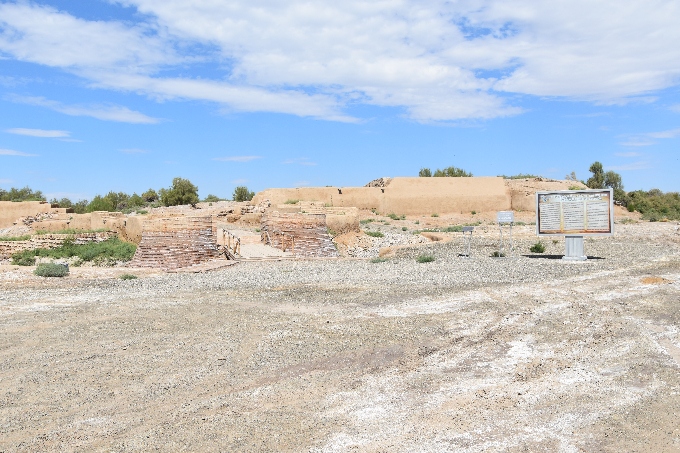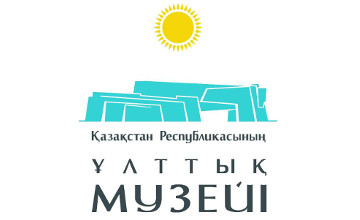Turkish and Persian and Arab historians of the X century (Mokhammed Juveini, Makhmud Kashkari, Fazlallah ibn Ruzbikhan, Abu Shamaal-Makdisi) mention Syganak in their inscriptions. According to the medieval data, the city was the seat of Deshty-Kaychak in XI-XIII centuries, the White Horde in XIII-XIV centuries and the Kazakh Khanate in XVI-XVII centuries. The city is known to survive various historic periods and stand until the 18th century.
Syganak was one of the biggest education centres at the time of its flourishing. One of the landmark works created during the time of the Golden Horde, the Khusrau and Shyryn poem (by Kutb Shayir), was written in Syganak. Also, there is evidence to Syganak being the place of birth of Khsamiddin Syganaki, a talented scientist, whose works we can find in documents and inscription of the East.
The city of Syganak has been included into the preliminary list of UNESCO, and has been included into the list of “National Sacred Locations” under the project named “Geography of the Sacred Location of Kazakhstan” run by the Republic of Kazakhstan.














